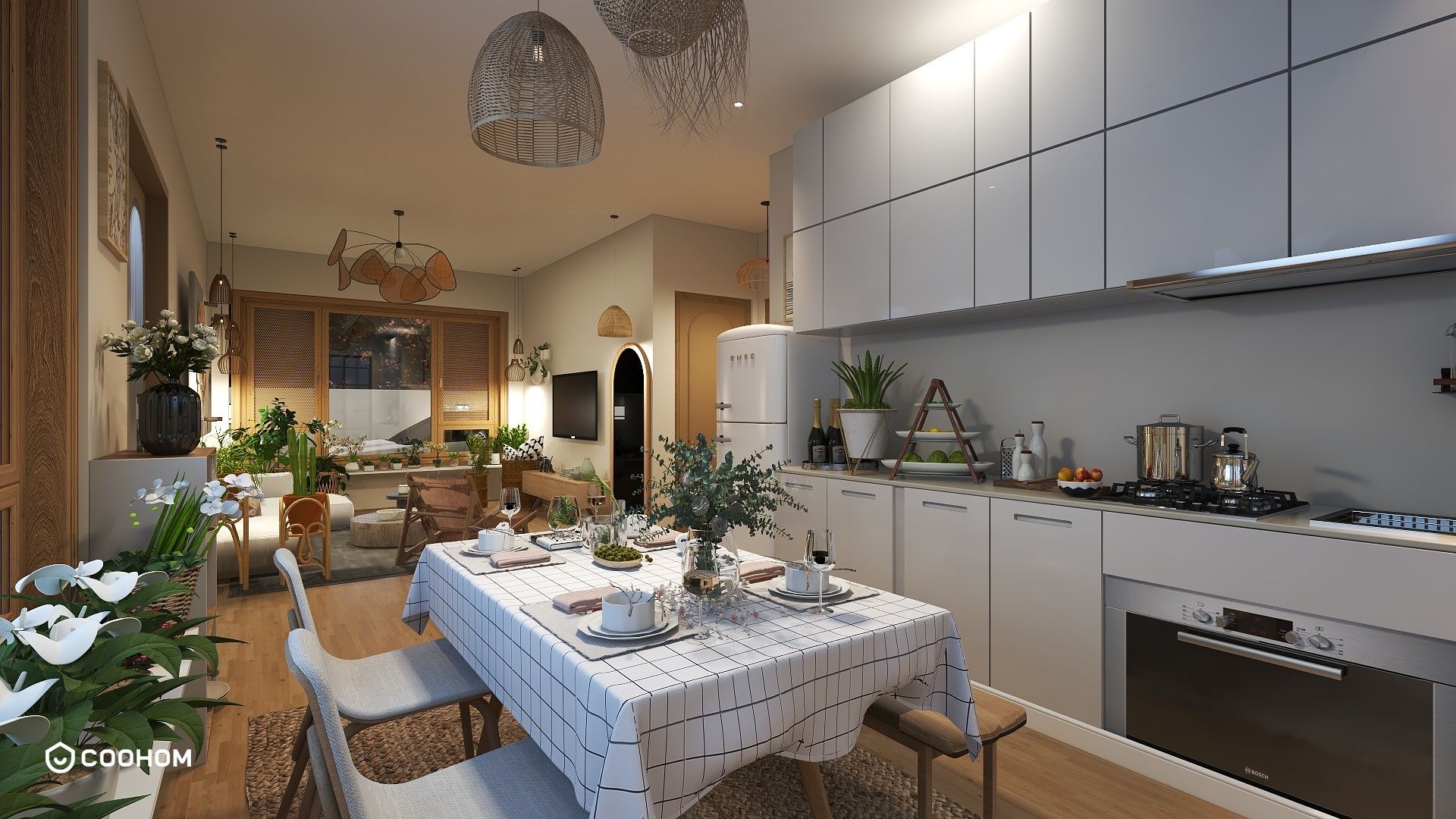What is WDK in Floor Plan Terms: Understanding the Importance of WDK in Your Floor Plans

When diving into the world of floor plans, especially in residential design, you might come across the term 'WDK'. This abbreviation stands for 'Wet Dry Kitchen', which is a concept commonly used in various architectural designs, particularly in Asian cultures. The idea behind a WDK is to separate the cooking areas into distinct zones to enhance efficiency and cleanliness in the kitchen. The wet kitchen is where the heavy cooking takes place, equipped with the necessary appliances and often more durable materials to withstand moisture and heat. On the other hand, the dry kitchen is designed for lighter cooking and often serves as a space for entertaining guests or a casual dining area. This separation allows homeowners to maintain a tidier living space while still enjoying the culinary arts. In many modern designs, the integration of a WDK can significantly enhance the workflow within the kitchen, providing a smooth transition between cooking and entertaining. When planning your floor layout in a software like Coohom, incorporating the WDK concept can lead to a more functional and aesthetically pleasing design. You can use the platform’s extensive library of furniture and appliances to visualize how your wet and dry kitchens will function together. Additionally, considering how the WDK interacts with other living spaces is crucial. For example, having a well-placed dry kitchen can make it easier to serve food and drinks in the dining area or living room, creating a seamless flow throughout your home. Understanding the implications of a WDK can also inform your choices in materials. Since the wet kitchen is exposed to more moisture, selecting non-porous surfaces for countertops and cabinetry can extend the life of your kitchen components, while the dry kitchen can have more decorative elements that contribute to your home’s style. Ultimately, the WDK layout is about creating a harmonious balance in your home, enhancing both functionality and design. By embracing this concept, you can elevate your space and make cooking and entertaining a joy rather than a chore. To get started on designing your dream kitchen layout with the WDK concept in mind, utilizing a platform like Coohom can be incredibly beneficial. With access to millions of furniture models and design inspirations, you can easily create your vision and see it come to life in 3D. So, if you're ready to transform your kitchen experience, consider the WDK approach in your next design project! After all, a well-planned kitchen can be the heart of your home.
Tips for Designing a WDK:
1. Plan the layout carefully to optimize workflow.2. Choose durable materials for the wet kitchen.3. Incorporate plenty of storage solutions.4. Keep the dry kitchen stylish and inviting.
FAQ
Q1: Can I use the WDK concept in small homes?A: Yes, even in smaller spaces, a well-planned WDK can enhance functionality without compromising design.Q2: What materials are best for a wet kitchen?A: Non-porous materials like quartz or stainless steel are ideal for wet kitchens due to their durability.
welcome to Coohom
Please check with customer service before testing new feature.

